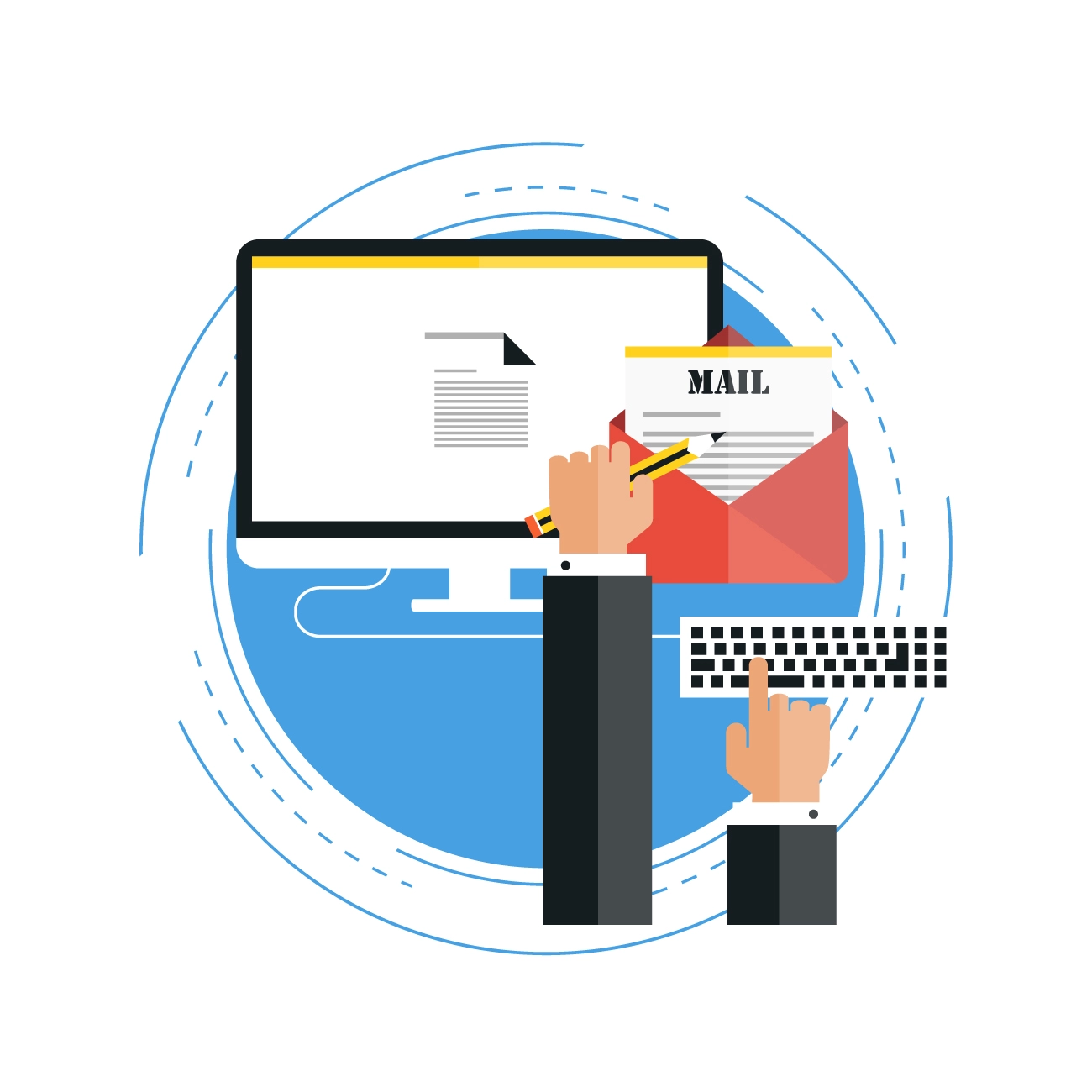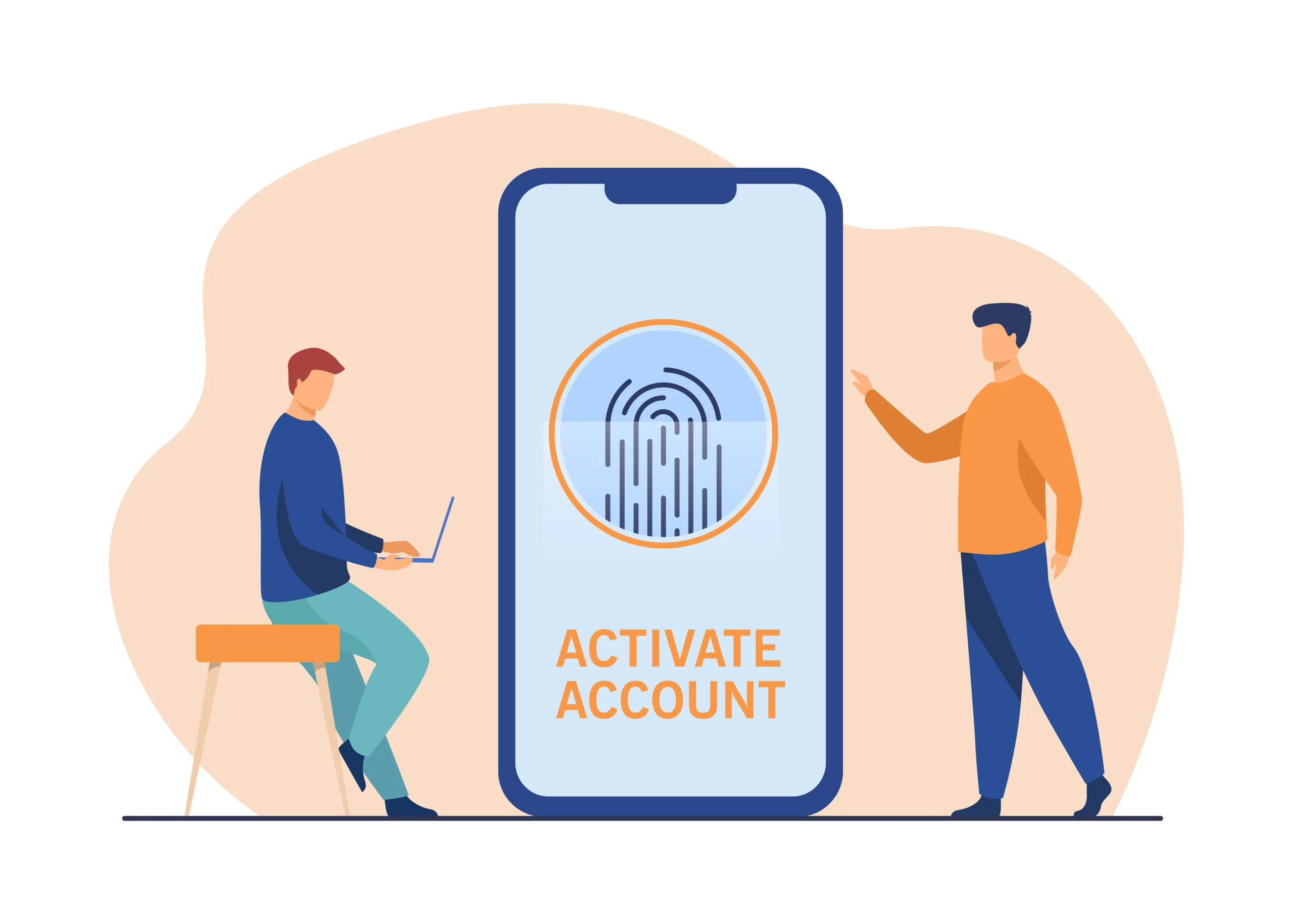Email remains a fundamental form of communication in both personal and professional spheres. Despite its ubiquity, crafting an effective email is a skill that many people overlook. This article will guide you through the essentials of writing clear, concise, and impactful emails, ensuring your messages are not only read but also responded to promptly.
Why Effective Email Writing Matters
Emails are often the first point of contact with potential employers, clients, and colleagues. An effectively written email can open doors, build relationships, and convey professionalism. Conversely, poorly written emails can lead to misunderstandings, lost opportunities, and a tarnished reputation.
Understanding Your Audience
Before writing an email, it’s crucial to understand who your audience is. The tone, level of formality, and content should be tailored to the recipient.
Identifying the Recipient
- Professional Contacts: Use a formal tone and professional language.
- Colleagues and Team Members: A semi-formal tone is usually appropriate.
- Friends and Family: A casual tone is acceptable.
Defining the Purpose
Clearly define the purpose of your email. Are you providing information, making a request, or seeking a response? Knowing your goal will help you structure your email effectively.
Structuring Your Email
An email should be structured logically, guiding the reader through the content effortlessly. Here are the key components:
Subject Line
The subject line is the first thing the recipient sees. It should be clear, concise, and relevant to the email content.
Tips for Writing Effective Subject Lines
- Be Specific: Avoid vague terms. Instead of “Meeting,” use “Project Meeting on July 30.”
- Keep It Short: Aim for 5-7 words.
- Avoid Spam Triggers: Words like “Free,” “Urgent,” and “Limited Time Offer” can send your email to the spam folder.
Greeting
The greeting sets the tone for your email.
- Formal: “Dear Mr. Smith,”
- Semi-Formal: “Hi John,”
- Informal: “Hey Sarah,”
Body
The body of your email should be concise and focused. Use short paragraphs and bullet points to improve readability.
Opening Sentence
Your opening sentence should introduce the main point of your email.
- Formal: “I am writing to inform you about…”
- Semi-Formal: “Just a quick note to let you know…”
- Informal: “Wanted to tell you about…”
Main Content
Present the main content of your email in a clear and organized manner. Use subheadings if necessary.
Closing Sentence
Your closing sentence should summarize the main point and include any call to action.
- Formal: “I look forward to your response.”
- Semi-Formal: “Let me know what you think.”
- Informal: “Can’t wait to hear back from you!”
Closing
The closing should be polite and reflect the tone of the email.
- Formal: “Sincerely,”
- Semi-Formal: “Best regards,”
- Informal: “Cheers,”
Signature
Include your name and, if applicable, your job title and contact information.
Email Etiquette
Adhering to proper email etiquette is crucial for ensuring your message is received positively.
Be Concise
People often skim emails, so get to the point quickly. Avoid unnecessary details and stick to the main message.
Proofread
Always proofread your email for spelling and grammatical errors. Mistakes can make you appear unprofessional.
Use Professional Language
Avoid slang and overly casual language in professional settings. Be polite and respectful.
Avoid All Caps
Writing in all caps can be interpreted as shouting. Use normal capitalization rules.
Common Mistakes to Avoid
Even seasoned email writers can make mistakes. Here are some common pitfalls and how to avoid them.
Vague Subject Lines
A vague subject line can lead to your email being ignored or misunderstood. Be specific and clear.
Long Emails
Long emails can be overwhelming and may not be read in their entirety. Keep your emails concise.
Lack of Focus
An email should have a single purpose. Multiple topics can confuse the recipient.
Ignoring Follow-Up
If you haven’t received a response, it’s acceptable to send a polite follow-up email after a reasonable period.
Examples of Effective Emails
Professional Email
Subject: Proposal for New Marketing Strategy
Dear Ms. Johnson,
I hope this email finds you well. I am writing to propose a new marketing strategy for the upcoming quarter. Our current approach has yielded good results, but I believe we can achieve even greater success by implementing the following changes:
- Increase social media engagement through targeted campaigns.
- Collaborate with influencers to expand our reach.
- Launch a series of webinars to showcase our expertise.
I have attached a detailed proposal for your review. I look forward to discussing this further at your earliest convenience.
Sincerely,
John Doe
Marketing Manager
ABC Company
john.doe@abccompany.com
(123) 456-7890
Semi-Formal Email
Subject: Team Meeting Reminder
Hi Team,
Just a quick reminder about our team meeting tomorrow at 10 AM in the conference room. Please come prepared with updates on your current projects.
Looking forward to seeing you all there!
Best regards,
Sarah
Informal Email
Subject: Catching Up
Hey Tom,
Long time no see! How have you been? I wanted to catch up and see if you’re free for coffee sometime next week.
Let me know what works for you.
Cheers,
Emily
Conclusion
Writing an effective email is a valuable skill that can enhance your communication and ensure your messages are well-received. By understanding your audience, structuring your email properly, and adhering to email etiquette, you can make a positive impression and achieve your communication goals. Remember to keep your emails concise, professional, and focused, and always proofread before hitting send. With these tips, you’ll be well on your way to mastering the art of email writing.


